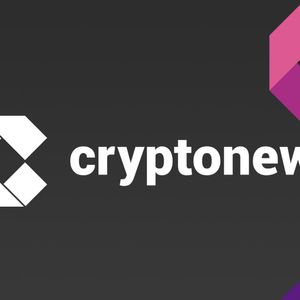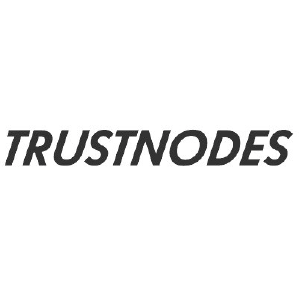Opinion by: Merlin Egalite, co-founder at Morpho Labs Fintechs in the front, decentralized finance (DeFi) in the back: the DeFi Mullet. Today’s fintech companies offer excellent user experiences but are constrained by traditional financial infrastructure — siloed, slow, expensive and inflexible. Meanwhile, DeFi provides lightning-fast, cost-effective, interoperable infrastructure but lacks mainstream accessibility. The solution? Combine fintech’s distribution and user experience with DeFi’s efficient back end. The mullet is inevitable Fintech companies heavily rely on traditional financial (TradFi) infrastructure that is siloed, slow to deploy and run, and costly to maintain. This inefficiency limits their control over costs and product offerings and has potential infrastructure risks. Fintechs have a strong incentive to transition to building on autonomous, credibly neutral public infrastructure. The power of DeFi is evident in stablecoins. While traditional international wire transfers cost $30–$50 and take one to five business days, stablecoin transfers cost mere cents and settle in seconds. This revolutionary improvement in financial infrastructure extends beyond payments. DeFi provides 24/7/365 infrastructure for trading, lending and borrowing with instant settlement, open access and deep liquidity, enabling better price execution and yields. Plugging their compliance-ready front end into DeFi infrastructure, fintech companies can focus on creating exceptional user experiences. This opens up tremendous opportunities for innovation while driving more liquidity onchain, creating a positive feedback loop of embracing the DeFi Mullet. Now is the time for mainstream adoption Today’s DeFi ecosystem has proven its reliability for fintech integration. There are dozens of protocols that demonstrate this maturity, securely managing billions in loans through immutable, governance-minimized designs. DeFi infrastructure gives fintechs complete control over their infrastructure. This is particularly crucial after the recent Synapse bankruptcy that trapped Yotta user funds meant to be insured by the Federal Deposit Insurance Corporation. Recent: Bitcoin DeFi will have 300M users, beating Ethereum and Solana: Exec Institutions are also coming onchain. BlackRock has tokenized a fund via Securitize; Stripe has acquired Bridge for $1 billion to scale its stablecoin solutions; the US is creating a strategic Bitcoin ( BTC ) reserve; and clarity on regulation is opening the floodgates. The shift is step-by-step but tangible. DeFi has arrived. The next phase For years to come, expect more products like crypto-backed loans to be released by fintech’s most advanced players, offering onchain saving accounts, onchain loans, instant international payments and more. This transformation will be invisible to users and powered by smart wallets and account abstraction that maintain the familiar Web2-like user experience at which fintech companies excel. Early adopters will gain significant advantages over competitors. Yet, unlike building on traditional finance, DeFi’s open infrastructure means even latecomers can benefit from existing network effects without starting from zero. Some skeptics argue that the involvement of fintechs and traditional institutions will erode decentralization, as protocols must comply with regulatory requirements. While this concern is understandable, the opposite is more likely. Expecting protocols to achieve compliance across every jurisdiction worldwide is unrealistic, especially given the vast regulatory fragmentation. Instead, regulating the apps that interface with users makes far more sense rather than the underlying protocols. For this regulatory model to work, however, protocols must remain credibly neutral. A credibly neutral mechanism adheres to four principles: It embeds no preference for specific individuals or outcomes. It is open-source with publicly verifiable execution. It is simple and understandable. It changes infrequently. Examples like HTTP and SMTP demonstrate the power of credibly neutral protocols — they are free, open and unregulated, with only the clients subject to oversight. The same logic should apply to governance-minimized, immutable DeFi protocols. These constraints will push DeFi builders toward creating genuinely decentralized and trustless systems. Fintechs integrating DeFi protocols can build on top of the most neutral infrastructure and access their growing network effects. Let the mullet grow The DeFi mullet is more than just a meme — it’s a structural shift. To scale, DeFi must meet users where they are: through regulated, user-friendly fintech channels. For fintechs to stay relevant, they must offer their customers the best user experience and opportunities, such as the best rates. Those who miss this opportunity risk falling into irrelevance, much like traditional retail banks losing market share to today’s fintechs. This convergence isn’t just possible — it’s inevitable. Opinion by: Merlin Egalite, co-founder at Morpho Labs. This article is for general information purposes and is not intended to be and should not be taken as legal or investment advice. The views, thoughts, and opinions expressed here are the author’s alone and do not necessarily reflect or represent the views and opinions of Cointelegraph.















